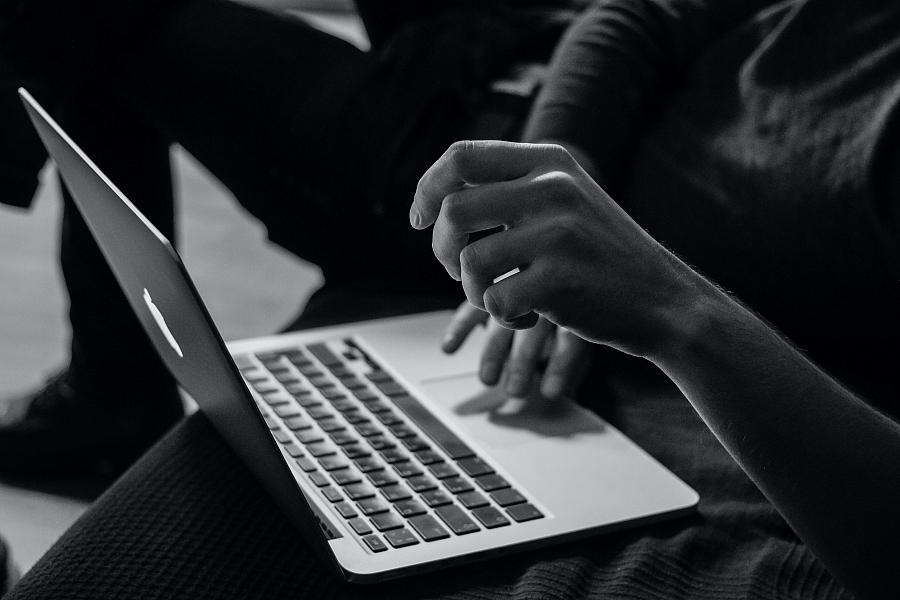Three reporters share how they overcame data challenges to tell meaningful stories

(Photo by Sergey Zolkin via Unsplash)
Creating databases from scratch, working with limited resources, wrestling with delayed public record requests — these were the challenges three reporters who took part in the 2021 Data Fellowship had to overcome to tell meaningful stories about health and inequity in their respective states.
This week, they shared how they were able to dive deeper into the available data and shared tips on how others can do the same.
Edwin Rios, an award-winning senior reporter who was reporting for Mother Jones at the time of his fellowship, dove into racial disparities in evictions across California during the pandemic.
Rios said he had seen this topic come up in some academic spaces, but it was not a widely reported-on issue at the time. Evictions upend people’s lives and can cause lasting challenges by making it harder to find future housing. The hardships become even greater when exacerbated by a pandemic.
The problem, Rios said, is that there is no clear source of demographic data on people who have been evicted. So, he had to “find creative ways to figure it out.”
“We ended up taking a look at how to spatially show where these evictions are taking place and what communities are most affected by geocoding and mapping out the evictions and overlaying census data,” he said.
Justin Murphy, who covers education in the Rochester, New York for the Democrat and Chronicle, shared how he analyzed tree canopy disparities in the city, and hosted events in local community spaces to meet people where they are.
Murphy was also working with several different data sets. But while data was the backbone of his project, he realized that the stories needed to focus on the people affected by the lack of trees and the systemic reasons that account for their uneven distribution in Rochester today.
Emily Bader, a health reporter at the Sun Journal in Lewiston Maine, cautioned reporters to get a start early on in their fellowship because it can take months of back-and-forth to obtain data.
Bader reported on the opioid epidemic’s impact on children in Maine. After months of persistence, she became the first member of the public to access raw data from the state’s prescription monitoring program. The data showed how many opioids have been distributed through Maine pharmacies.
Six months into her project, Bader had to get lawyers involved because the Maine Department of Public Health continued to deny her access to the data, despite laws defining the data as part of the public record. Once they sent her the data, she had to negotiate a contract with the department about her use of it.
“They really fought tooth and nail to keep that from me,” she said.
Bader said she also faced challenges balancing the project while filing daily stories as her newsroom’s only health reporter during the pandemic, but she was able to take what she learned in the Data Fellowship and apply it to other aspects of her work. Bader said her COVID-19 coverage shifted from daily updates to deep dives into health trends.
“It's so much easier for me now. If I see a data set available to download, I can really quickly figure out if it is even necessary to do something with this or if there's something interesting in here,” Bader said.
**
